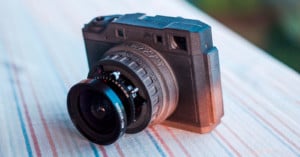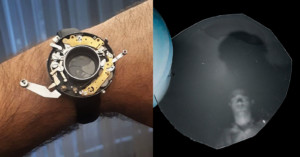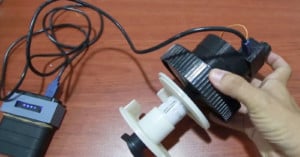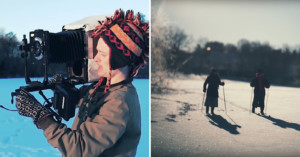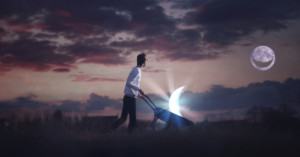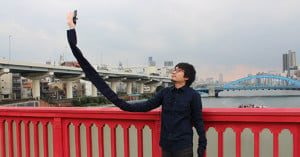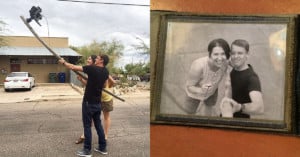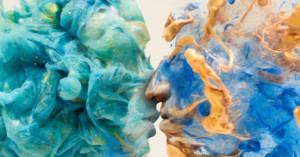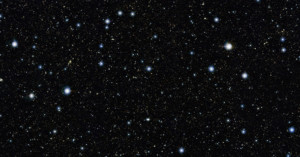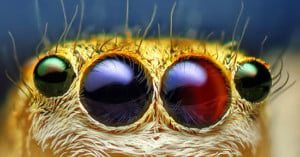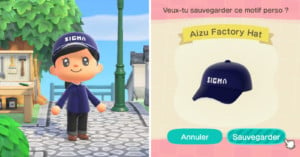
This Photographer Made Sigma Outfits You Can Wear in Animal Crossing
French Photographer Renaud Coilliot has created a treat for Sigma shooters who want to show their love for the brand in the popular video game Animal Crossing: New Horizons. Inspired by Sigma's cameras and the 2018 short doc Made in Aizu, he created several hats and a jacket that you can wear in the game!

